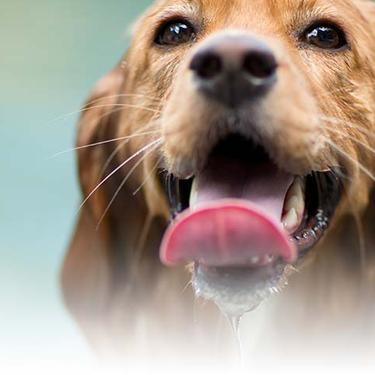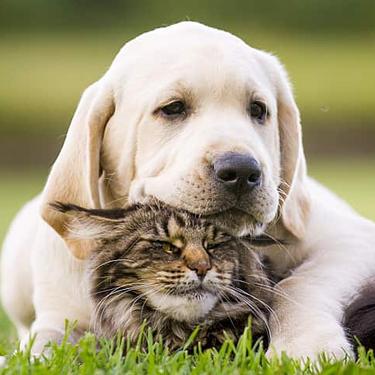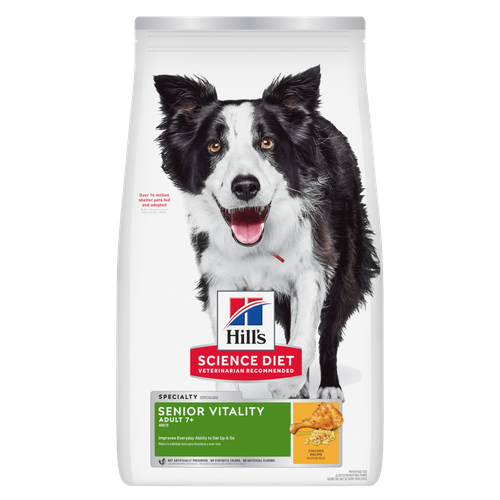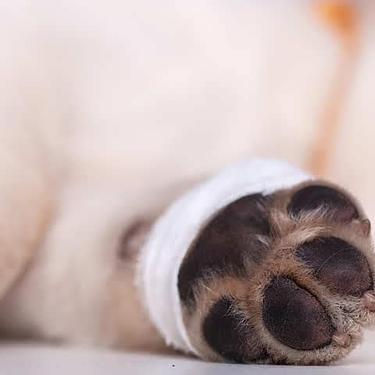
-
Find the right food for your petTake this quiz to see which food may be the best for your furry friend.Find the right food for your petTake this quiz to see which food may be the best for your furry friend.Featured products
 Puppy Large Breed Chicken & Brown Rice Recipe
Puppy Large Breed Chicken & Brown Rice RecipeVital nutrients to support 5 essential building blocks for lifelong health
Shop Now Puppy Lamb Meal & Brown Rice Recipe
Puppy Lamb Meal & Brown Rice RecipeVital nutrients to support 5 essential building blocks for lifelong health
Shop Now Hill's Science Diet Adult 7+ Senior Vitality Small & Mini Chicken & Rice Recipe Dog Food
Hill's Science Diet Adult 7+ Senior Vitality Small & Mini Chicken & Rice Recipe Dog FoodImproves everyday ability to get up & go
Shop NowFeatured products Adult 7+ Chicken Recipe Cat Food
Adult 7+ Chicken Recipe Cat FoodSupports energy level and beautiful fur in mature cats
Shop Now Adult Sensitive Stomach & Skin Cat Food
Adult Sensitive Stomach & Skin Cat FoodHighly digestible food that is gentle on the stomach. Nourishes skin & promotes lustrous fur.
Shop Now Adult Indoor Chicken Recipe Cat Food
Adult Indoor Chicken Recipe Cat FoodSupports energy level and beautiful fur in indoor cats
Shop Now -
Dog
- Dog Tips & Articles
-
Health Category
- Weight
- Food & Environmental Sensitivities
- Urinary
- Digestive
- Joint
- Kidney
-
Life Stage
- Puppy Nutrition
- Adult Nutrition
Cat- Cat Tips & Articles
-
Health Category
- Weight
- Skin & Food Sensitivities
- Urinary
- Digestive
- Kidney
-
Life Stage
- Adult Nutrition
Featured articles Pet Food Storage Tips
Pet Food Storage TipsDiscover how and where to store your dry, as well as canned, dog and cat food. Learn how to find the "best before" dates on all Hill's pet food packaging.
Read More Water
WaterDiscover why water is the most important nutrient for your dog or cat to live a healthy life. Find out how much water your pet should consume each day.
Read More The Incredible Science Behind Your Pet's Microbiome
The Incredible Science Behind Your Pet's MicrobiomeLearn what a pet's microbiome is, how it contributes to your pet's gut & overall health, and why nutrition is important in maintaining healthy microbiomes.
Read More -


If you're looking to adopt a canine companion and your interest is piqued by albino dogs, with their beautiful pale coats and hypnotic pink eyes, you're in good company, as many devoted pet parents welcome these dogs into their families.
Before making the adoption official, though, read on to familiarize yourself with the complex condition of an albino dog.
What Is Albinism?
Albinism in dogs — or any species — isn't a specific breed, but is a rare, genetic mutation known as tyrosinase (full albino) or tyrosinase-positive (partial albino).
Albinism causes a complete lack of pigmentation, including of the skin, hair, and eyes as well as the blood vessels, resulting in a pinkish tinge. In fact, one of the tell-tale differences between a true albino dog and a dog with white fur is that the albino has pink eyes. A white-coated dog carries the genetic make-up for white pigmentation, or may be a partial albino, whereas a true albino dog has no pigmentation.
As explained by the National Wildlife Federation, "Not all paler-than-usual animals are albinos, however. Some lack pigment everywhere except their eyes – a phenomenon called 'leucistic' by biologists." Therefore, an all-white dog with blue eyes, such as a Siberian Husky, is not considered an albino.
In order for the condition to manifest itself in offspring, both parents must carry the albinism gene. It's very possible, then, that two black dogs carrying the recessive gene can mate and produce an albino pup.
However, albinism does tend to show up more frequently in certain breeds of dogs, including Collies and Great Danes, and sometimes partial albinism shows itself as "spotting." For example, you may see white spots on the chest or head of a dog, indicating the presence of the (usually) recessive gene, but this dog is not considered to be a true albino.



Tasty Tips
Health Issues
Because albino dogs lack melanin, which in addition to providing pigment also absorbs the sun's radiation, they are photosensitive (extremely sensitive to ultraviolet rays) and therefore must have protection from direct sunlight. "If a dog has to be outside during peak sun hours," advises PetMD, "pet parents can utilize accessories like bodysuits, shirts and hats with ultraviolet protection." If you adopt an albino dog, you also will need to purchase a pair of doggy sunglasses and manage his outdoor activity very carefully so that his eyesight is not damaged.
Another health concern is sun damage to the skin. Just like humans with pale skin, great care must be taken to prevent too much sun exposure for your pup, which can result in sunburn or skin cancers, including melanoma. In addition to outfitting him with doggy goggles, prepare him for the outdoors by loading him up with sunscreen lotion. If you do opt for sunscreen, speak with your veterinarian first to learn what to purchase and how to apply. There are sunscreens made specifically for dogs, and one formulated for babies may be another option. Be aware that certain ingredients are toxic to dogs: avoid any sunscreen containing PABA (para-aminobenzoic).
A persistent medical concern about albinism is that the condition may cause deafness in dogs and other animals. However, according to George M. Strain, PhD, a professor at Louisiana State University School of Veterinary Medicine who specializes in deafness in dogs and cats, there is no connection. "Albinism, in which melanocytes [cells responsible for melanin production] are present but one of the enzymes responsible for melanin production (tyrosinase) is absent or diminished, does not have an association with deafness." Dr. Strain notes the same result for albino cats, underscoring the fact that deafness is not a side effect of albinism.
A rare and intriguing genetic condition, albinism shouldn't deter you from adopting the pup of your dreams. With the proper care and understanding of your furry friend's health care requirements, you'll live a full and happy life together.


Christine O'Brien is a writer, mom, and long-time cat parent whose two Russian Blues rule the house. Her work also appears in Care.com, What to Expect, and Fit Pregnancy, where she writes about pets, pregnancy, and family life. Find and follow her on Instagram and Twitter @brovelliobrien.
Related products

Vital nutrients to support 5 essential building blocks for lifelong health

Improves Everyday Ability to Get Up & Go

Improves everyday ability to get up & go

Vital nutrients to support 5 essential building blocks for lifelong health
Related articles

Discover fun and engaging games and other ways to help your dog exercise, keeping him happy and healthy.

Learn how to stop your dog from begging at the dinner table, and understand how it can help contribute to his health.

Understand the role that Omega-6 and Omega-3 fatty acids play in your dog's overall health, and how you can ensure they are getting enough.

Learn basic steps & precautions for treating a cut on your dog, including what you can put on the cut, and when you should take them to the vet.

Put your dog on a diet without them knowing
Our low calorie formula helps you control your dog's weight. It's packed with high-quality protein for building lean muscles, and made with purposeful ingredients for a flavorful, nutritious meal. Clinically proven antioxidants, Vitamin C+E, help promote a healthy immune system.
Put your dog on a diet without them knowing
Our low calorie formula helps you control your dog's weight. It's packed with high-quality protein for building lean muscles, and made with purposeful ingredients for a flavorful, nutritious meal. Clinically proven antioxidants, Vitamin C+E, help promote a healthy immune system.

